If you are planning to join the tech industry soon, there’s a good chance you came across the unfamiliar term ‘Incremental Development.’
This is an essential component in software engineering and is directly linked to the process of building a software product from scratch. I have been working in the technology field for quite some time, so I have first-hand experience using this process.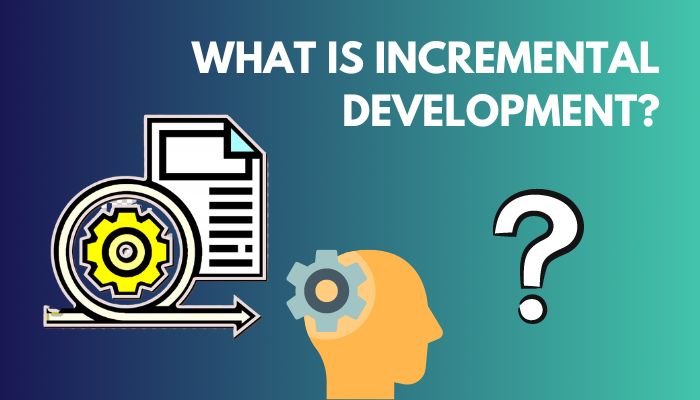 Since it’s a difficult concept to grasp for some people, I decided to write this article to clear up some common misconceptions and explain them to beginners.
Since it’s a difficult concept to grasp for some people, I decided to write this article to clear up some common misconceptions and explain them to beginners.
So, grab a cup of coffee and start reading this article if you have registered or plan to register for some software engineering courses in the coming semester. Make sure not to take any random breaks or skip sections in the middle to avoid unexpected confusion.
You may also like to read about what kind of RAM do I have?
What Is Incremental Development?
Incremental Development refers to the process of creating a new software product in incremental steps, piece by piece. In this method, multiple portions of the system are developed independently of each other and then combined later to create new software.
The first stage in the Incremental Model of software development requires the requirements to be divided into separate modules following the software development cycle. The phases involved include analysis, design, implementation, testing/verification and maintenance.
Each module passes through all of these phases, and every new version of the software adds some functionality to the system until all the requirements have been met.
Unlike most other development methods, everyone involved in the development process has clear understanding of the final requirement and result from the beginning.
Most people assume Incremental Development is a modern practice, but software engineers have used it since the 1950s, and leading software programmers supported this methodology.
So, is this the only method of creating new software?
No, there are actually many ways you can choose to develop software. If you prefer, you can also build your software using a methodology that hasn’t been published yet.
Here are some other methodologies to develop software:
- Agile Development – This process is typically used when you want to avoid risks, like bugs or high costs, when adding new functionalities.
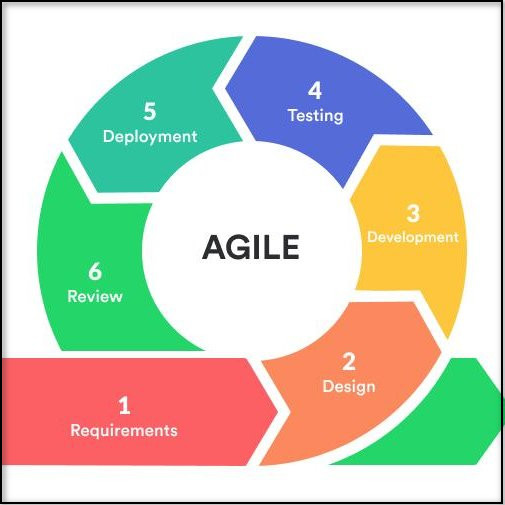
- DevOps Deployment – Unlike other methodologies, DevOps also relates to organizational culture by adopting a specific set of practices. This involves enhanced collaboration between several departments involved in the development life cycle.
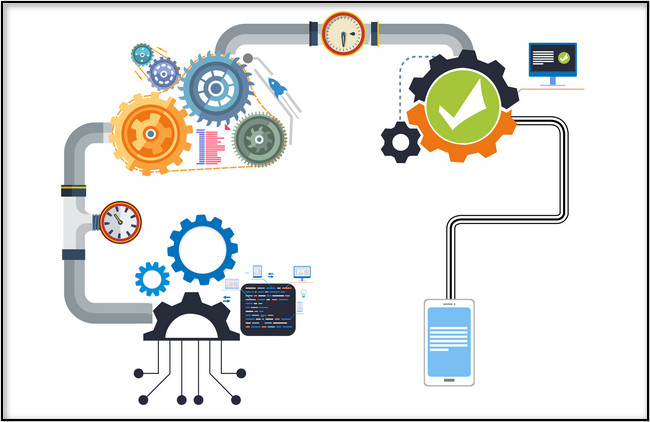
- Waterfall Development – This is considered the ‘traditional’ process of developing software, and that’s because it’s a fixed linear model which consists of sequential phases.
- Rapid Application Development – RAD’s primary purpose is to build a high-quality system while minimizing investment costs. It’s widely used by developers to adjust to fast-paced and dynamic markets quickly and to manage varying system requirements.
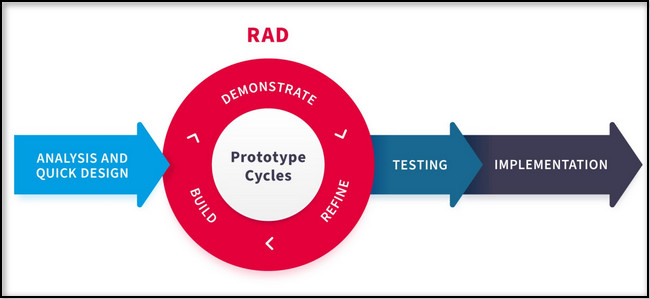
So, why are there so many techniques to choose from?
This is mainly because certain situations require a specific software development strategy to work more efficiently than others.
Related contents you should read what is a Floating Point Notation?
Here are the situations where you should consider using Incremental Development:
- You have a detailed understanding of the system requirements.
- Your software needs to be released ahead of its launch date for testing.
- The software requirements consist of functionalities that are risky to implement.
- Your software is a web application or for a product-based company.
Of course, this list is incomplete, and you may encounter more situations where using the Incremental Model can speed up the development process. Now that you understand how Incremental Development works, let’s take a look at its individual phases in the next section.
Some more guides on crocs what happens if your Power Supply is too Weak?
What Are the Steps in the Incremental Model?
The steps in the incremental model start with breaking down the system requirements into separate mini-development projects. Each of those partial systems is completed to produce the final system. Requirements are given priority, and the one with the highest priority is developed first.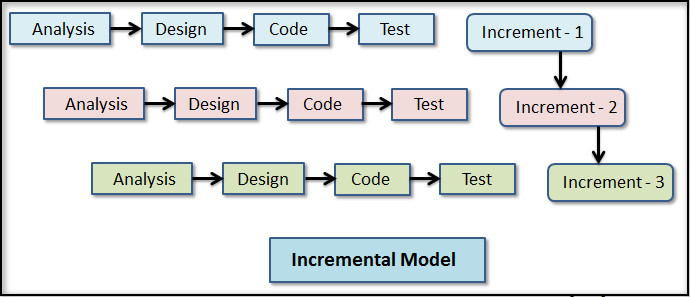 After that, the basic requirements are developed before moving on to adding new features. The increments are frozen once all the software requirements are met.
After that, the basic requirements are developed before moving on to adding new features. The increments are frozen once all the software requirements are met.
Check out the easiest way to know about what to do with old Graphics Card?
Here are the steps in the incremental model with their descriptions:
1. Requirement Analysis
Before starting with software development, the team has to identify all the primary requirements along with the software specifications. This involves frequent communication with the client to clear up any misunderstandings on both sides.
This is a crucial role, as the rest of the steps can go horribly wrong if this phase is not executed correctly.
2. Design
After identifying the list of requirements, the next step is to come up with a suitable design for all the high-priority functionalities. It’s essential to come up with a uniform style choice to avoid complications when merging all the modules for the final version.
3. Code
This comes after design to save a lot of time and to focus only on developing the functionalities instead of worrying about how the software is going to look. In this stage, the programmers write all the code necessary to create the software.
The incremental model uses the style and development phase when the software adopts a new functionality.
Follow our guide to know about how to find out what CPU cooler I have?
4. Testing
The testing phase is where the teams analyze and evaluate each requirement or functionality of the system separately and identify problems.
This is also where teams can check if any requirement was not met. After identifying the possible causes behind any failures, the group moves on to the following stage.
5. Implementation
This is the final stage of incremental development. In this phase, all the problems from the previous step are addressed and corrected.
This involves modifying and re-testing the previous code until the system appears stable. After this stage is completed, the code is optimized and upgraded to the final system product.
Since there are so many alternative development techniques, it’s essential to understand what makes Incremental Development so unique. Read the following section to understand its benefits.
But before that, go through our epic guide on what kind of data can be lost when a Computer is turned off?
What Are the Benefits of Incremental Development?
Incremental development’s benefits include taking part in parallel development and receiving immediate feedback from teams. Unlike other procedures, these can be used to apply changes in the middle of production, saving a lot of effort and time.
Here are the benefits of Incremental Development:
- Since the software is developed in different iterations, it’s possible to deliver somewhat working software to the client before implementing all the functionalities.
- The users of the software can provide early feedback on specific features which can be addressed ahead of launch.
- This process is less costly compared to others.
- It’s easy to make changes throughout the development, unlike other procedures.
- The development is very flexible, and it’s simple to change requirements and scope without worrying about costs.
- The development of the software typically takes a very short time since it’s divided into separate teams.
- There are minimal risks compared to other methods.
However, there are situations where people avoid this method of software development.
Here are some disadvantages of using the Incremental Model:
- Every phase is fixed and does not overlap with each other.
- It’s time-consuming to fix problems that are identified later. For example, if there’s something wrong with the design, the coding team has to correct it as well.
- It can be challenging to design the overall system architecture and the interface definitions since the development happens at sub-systems.
- The overall cost of the project is difficult to project, so there the final price may exceed the predicted expenses.
- The module interfaces need to be adequately defined ahead of time.
- The system depends entirely on planning and designing, so those stages need to be given the highest priority.
This should answer any concerns but if you are still confused, check out the FAQ section below.
Also, check out our separate post on what should I upgrade on My PC.
FAQ
What is incremental development in agile?
Incremental development in agile refers to the fact that each incremental version of the product is suitable for use. Every new release improves upon the previous version by adding user-visible functionality.
Why is agile incremental development useful?
Agile, incremental development is helpful because the software developers can identify problems or changes in the middle of development. These can be addressed immediately in the next incremental update.
What is the incremental life cycle?
Incremental life cycle is a situation where a project’s activities are iteratively repeated as phases or iterations. As a result, the project team’s understanding of the product improves with each stage.
Final Thoughts
In conclusion, Incremental Development is a popular software development strategy where the software is separated into specific segments, which are merged to create the final product. You can find more details about it and other similar strategies in the first section.
If you read the next few sections, you should have a clear understanding of how this process is executed, along with its perks and perils.
It’s not possible to recommend sticking to Incremental Development as your default software development technique, but if you need to develop an app with a lot of inexperienced people quickly, you should give this a try.



